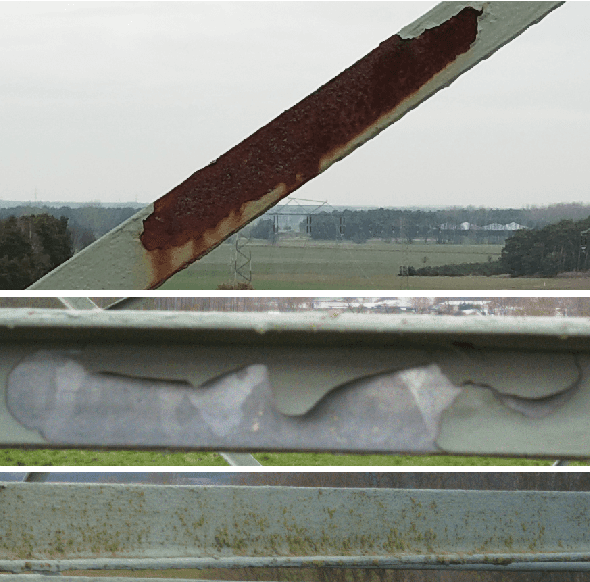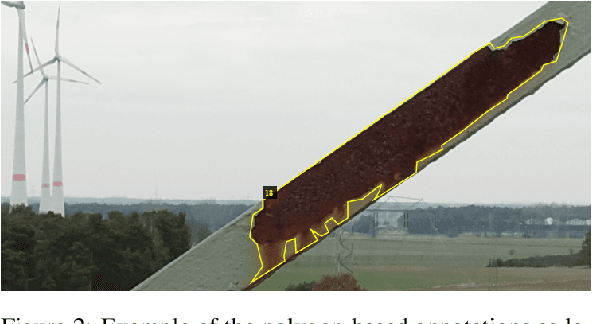Aleixo Cambeiro Barreiro
Automatic Drywall Analysis for Progress Tracking and Quality Control in Construction
Mar 05, 2025Abstract:Digitalization in the construction industry has become essential, enabling centralized, easy access to all relevant information of a building. Automated systems can facilitate the timely and resource-efficient documentation of changes, which is crucial for key processes such as progress tracking and quality control. This paper presents a method for image-based automated drywall analysis enabling construction progress and quality assessment through on-site camera systems. Our proposed solution integrates a deep learning-based instance segmentation model to detect and classify various drywall elements with an analysis module to cluster individual wall segments, estimate camera perspective distortions, and apply the corresponding corrections. This system extracts valuable information from images, enabling more accurate progress tracking and quality assessment on construction sites. Our main contributions include a fully automated pipeline for drywall analysis, improving instance segmentation accuracy through architecture modifications and targeted data augmentation, and a novel algorithm to extract important information from the segmentation results. Our modified model, enhanced with data augmentation, achieves significantly higher accuracy compared to other architectures, offering more detailed and precise information than existing approaches. Combined with the proposed drywall analysis steps, it enables the reliable automation of construction progress and quality assessment.
Automatic Reconstruction of Semantic 3D Models from 2D Floor Plans
Jun 02, 2023

Abstract:Digitalization of existing buildings and the creation of 3D BIM models for them has become crucial for many tasks. Of particular importance are floor plans, which contain information about building layouts and are vital for processes such as construction, maintenance or refurbishing. However, this data is not always available in digital form, especially for older buildings constructed before CAD tools were widely available, or lacks semantic information. The digitalization of such information usually requires manual work of an expert that must reconstruct the layouts by hand, which is a cumbersome and error-prone process. In this paper, we present a pipeline for reconstruction of vectorized 3D models from scanned 2D plans, aiming at increasing the efficiency of this process. The method presented achieves state-of-the-art results in the public dataset CubiCasa5k, and shows good generalization to different types of plans. Our vectorization approach is particularly effective, outperforming previous methods.
Automated Damage Inspection of Power Transmission Towers from UAV Images
Nov 30, 2021



Abstract:Infrastructure inspection is a very costly task, requiring technicians to access remote or hard-to-reach places. This is the case for power transmission towers, which are sparsely located and require trained workers to climb them to search for damages. Recently, the use of drones or helicopters for remote recording is increasing in the industry, sparing the technicians this perilous task. This, however, leaves the problem of analyzing big amounts of images, which has great potential for automation. This is a challenging task for several reasons. First, the lack of freely available training data and the difficulty to collect it complicate this problem. Additionally, the boundaries of what constitutes a damage are fuzzy, introducing a degree of subjectivity in the labelling of the data. The unbalanced class distribution in the images also plays a role in increasing the difficulty of the task. This paper tackles the problem of structural damage detection in transmission towers, addressing these issues. Our main contributions are the development of a system for damage detection on remotely acquired drone images, applying techniques to overcome the issue of data scarcity and ambiguity, as well as the evaluation of the viability of such an approach to solve this particular problem.
 Add to Chrome
Add to Chrome Add to Firefox
Add to Firefox Add to Edge
Add to Edge